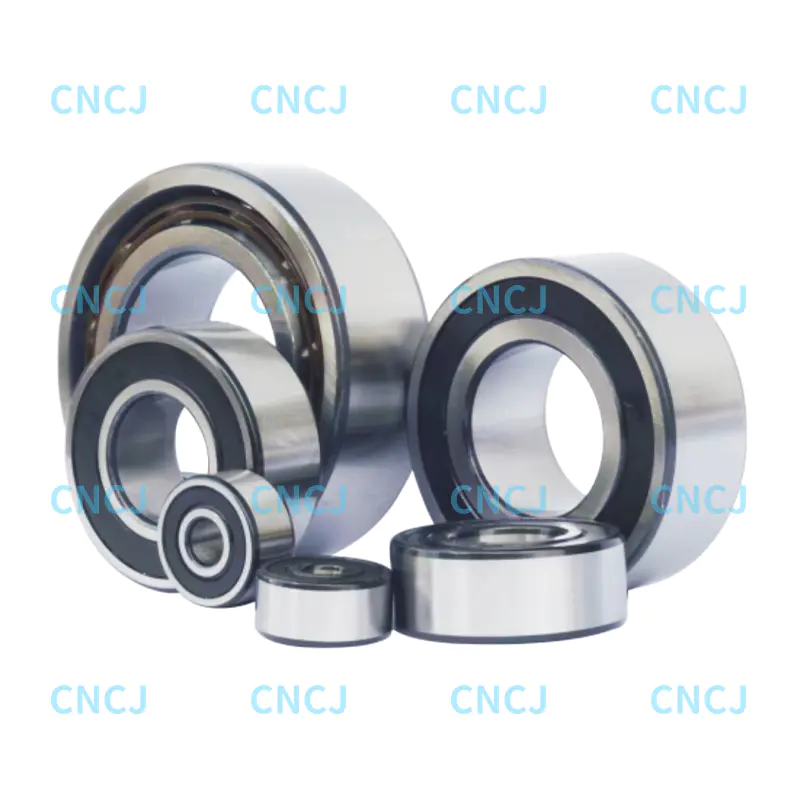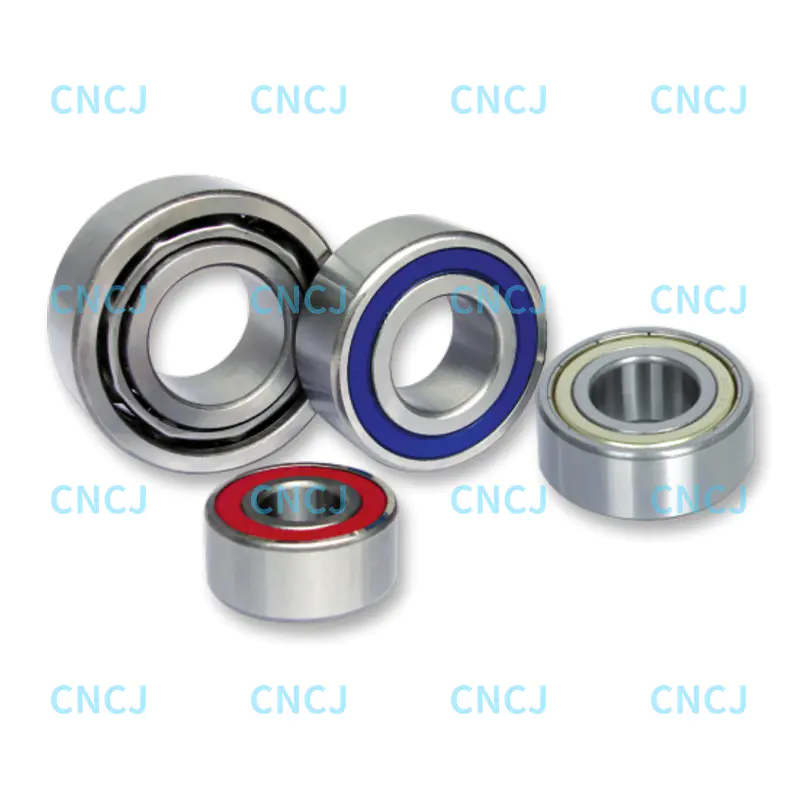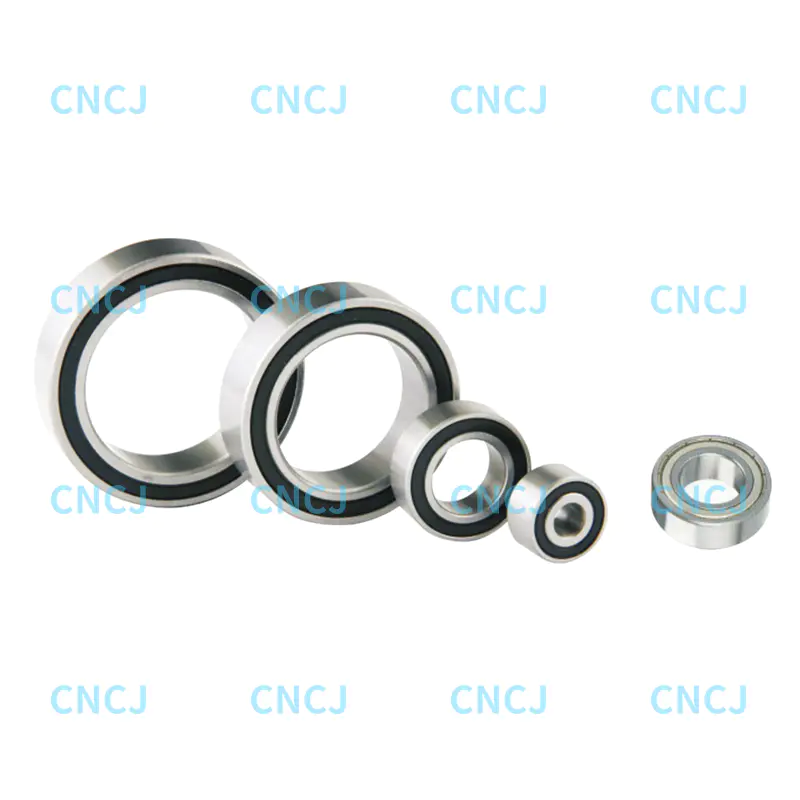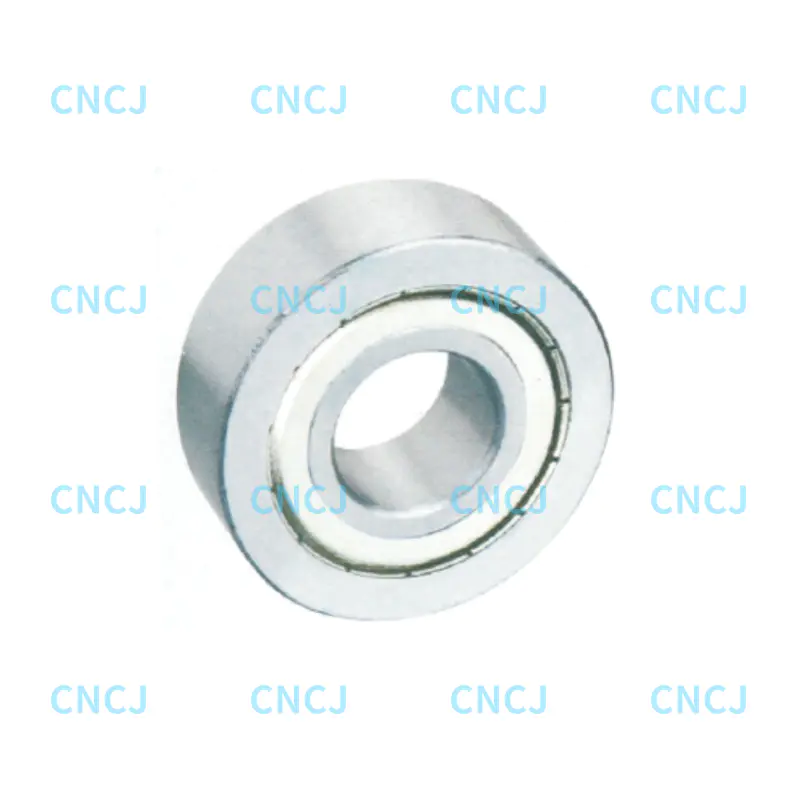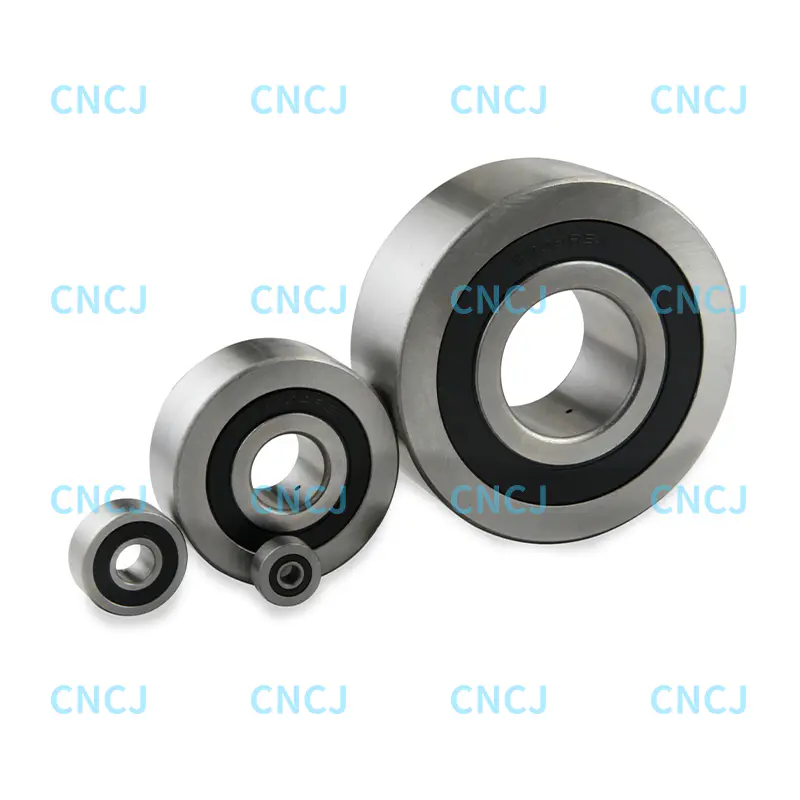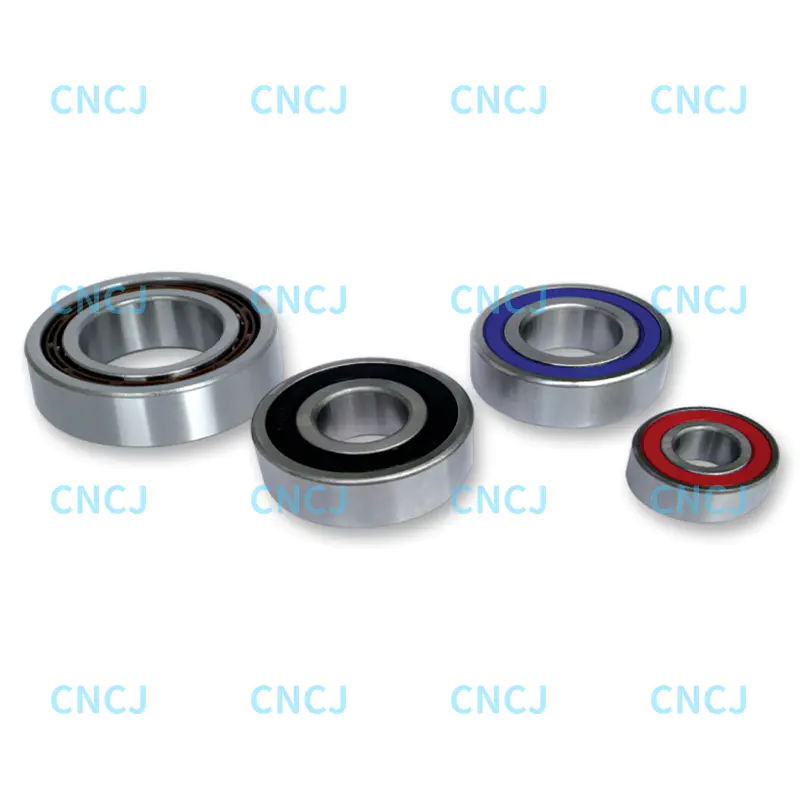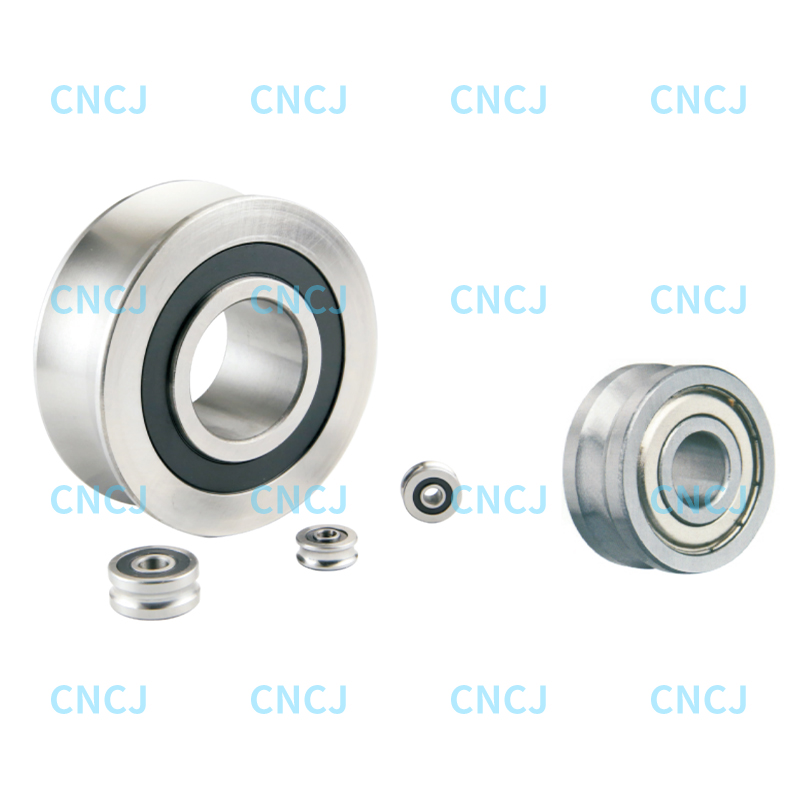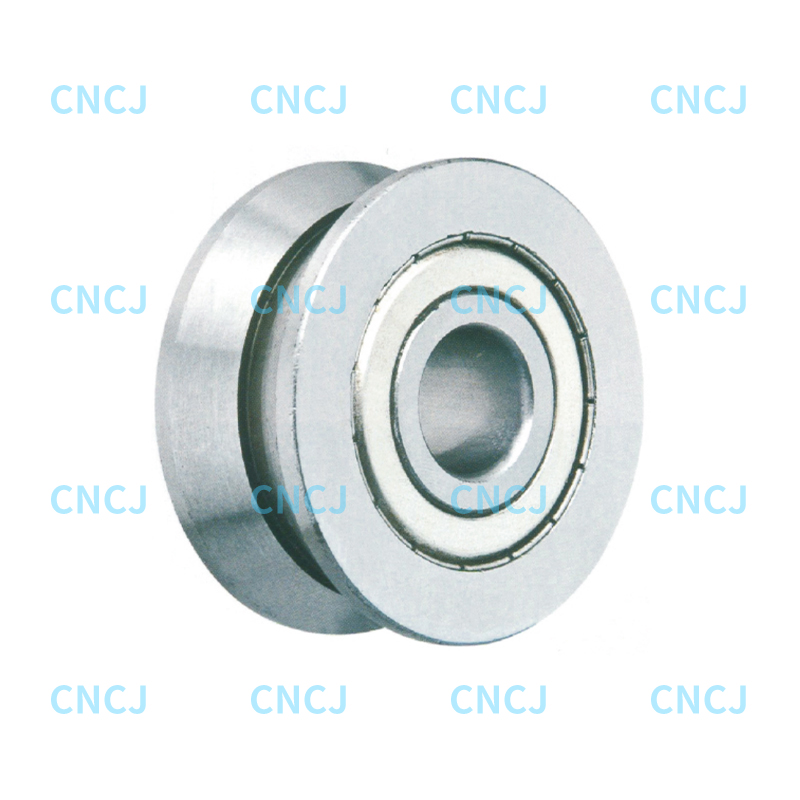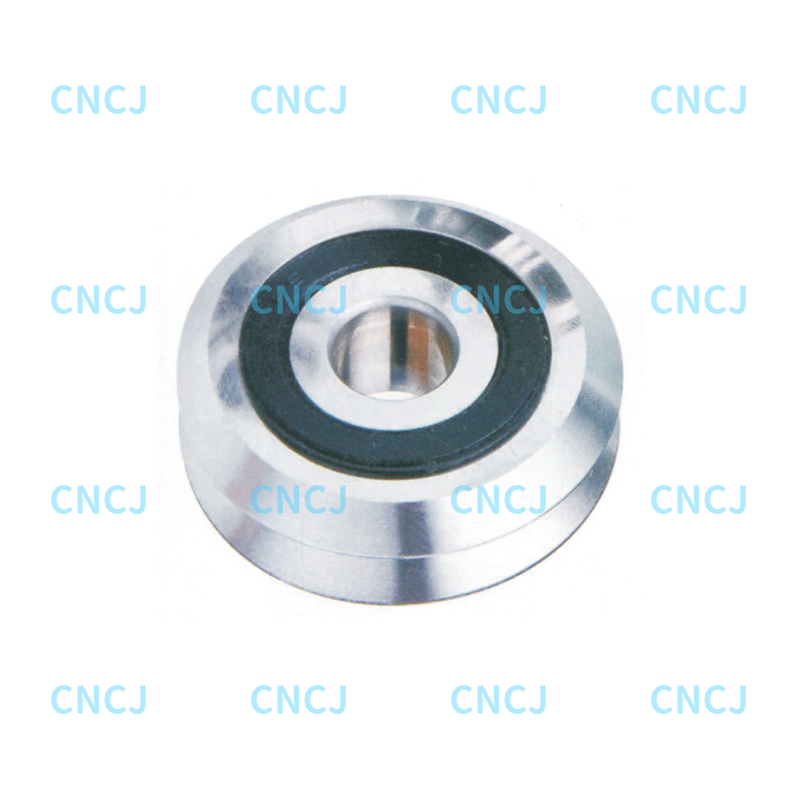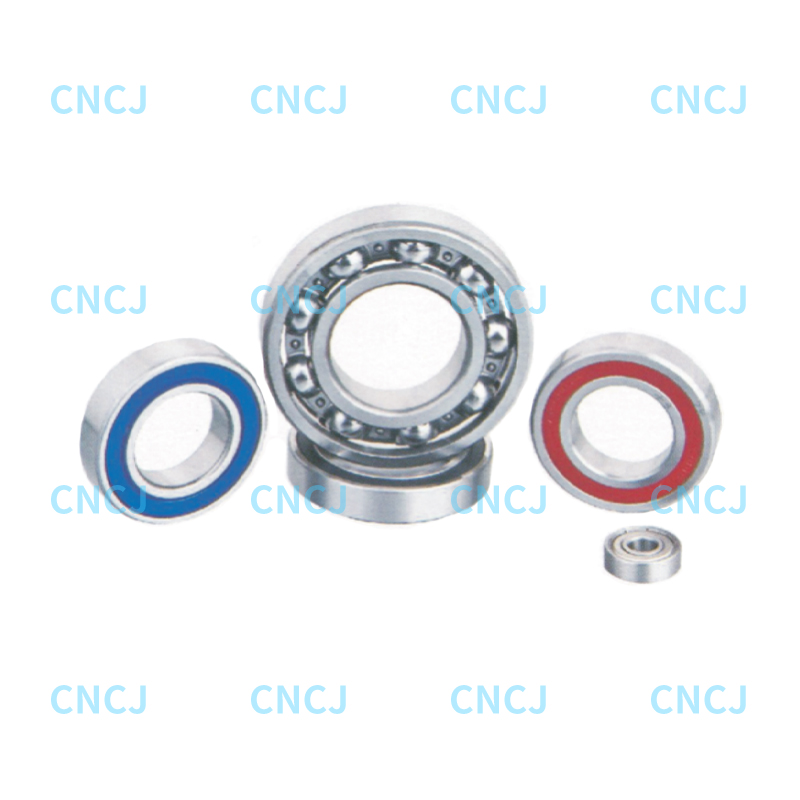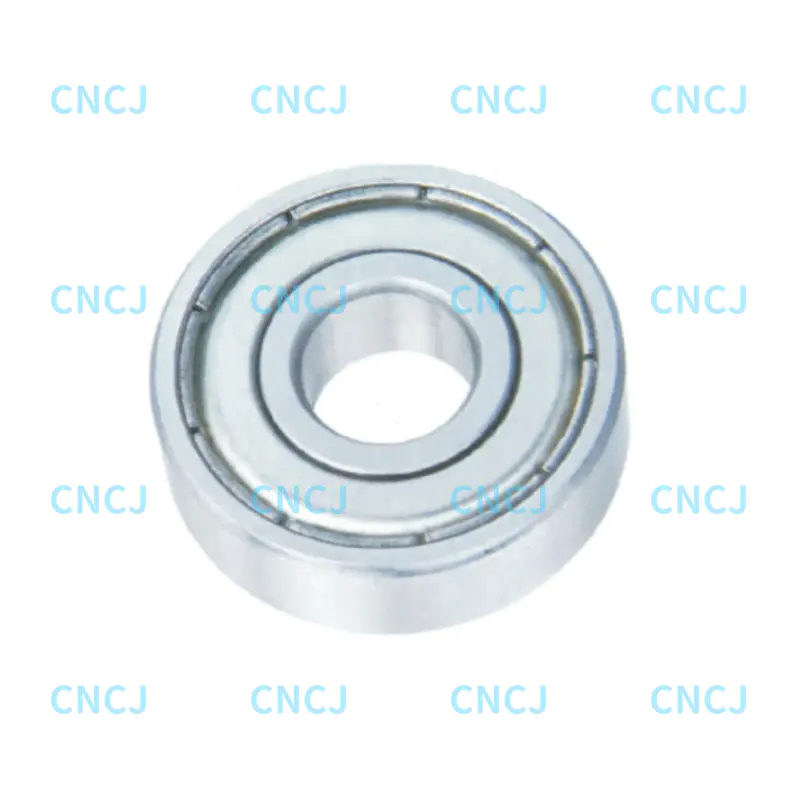What exactly is a ball bearing?
A ball bearing is a fundamental mechanical component designed to manage motion and reduce friction between rotating parts. Its core structure consists of:
-
Inner Ring: Fitted tightly onto the rotating shaft.
-
Outer Ring: Mounted within the stationary housing (though it can rotate in some designs).
-
Rolling Elements (Balls): Spherical elements that roll between the inner and outer rings, transmitting load.
-
Cage (Retainer): Holds the balls evenly spaced, preventing contact and friction between them.
Ball bearings revolutionized machinery by replacing sliding friction with rolling friction. Previously, sliding contact consumed significant energy and caused rapid wear. Ball bearings dramatically lower the friction coefficient, enabling smoother, more efficient operation and extending equipment life. They are indispensable in applications ranging from bicycles and car engines to machine tools and wind turbines.
How do ball bearings achieve efficient operation?
Efficiency stems from their design and friction principles:
-
Rolling Friction: Balls roll within the raceways of the rings, inherently generating less resistance than sliding.
-
Point Contact: The balls contact the rings at distinct points (a key difference from roller bearings). This minimizes the contact area under load, significantly reducing friction compared to larger surface contact.
-
Cage Function: The cage ensures balls roll smoothly without interfering with each other, preventing additional friction losses.
-
Lubrication: Grease or oil forms a thin film between balls and raceways, further reducing friction, dissipating heat, preventing corrosion, and sealing out contaminants.
This combination allows efficient and stable operation even under demanding conditions like high speeds and heavy loads.
What are the common types of ball bearings?
Different types suit specific needs:
-
Deep Groove Ball Bearings: Widely used due to their simple design. Handle both radial and moderate axial loads, suitable for high speeds (e.g., electric motors, spindles).
-
Angular Contact Ball Bearings: Feature inclined raceways allowing them to handle substantial combined radial and axial loads simultaneously. Used where significant axial force exists (e.g., pumps, gearboxes). Often mounted in pairs.
-
Self-Aligning Ball Bearings: Have a spherical outer ring raceway. This allows them to compensate for minor misalignment between shaft and housing or shaft deflection (e.g., agricultural machinery, textile machines).
-
Thrust Ball Bearings: Designed primarily to handle axial loads. The rings fit tightly onto the shaft and into the housing, crucial for equipment under heavy axial force (e.g., cranes, jacks).
How to select the appropriate ball bearing for specific equipment?
Selection requires evaluating several factors:
-
Load Type and Magnitude: Identify if loads are primarily radial, axial, or combined, and estimate their size. This dictates bearing type and size.
-
Operating Speed: Different bearing types have specific speed capabilities. Ensure the chosen bearing's permissible speed exceeds the application's operating speed to prevent overheating and premature wear.
-
Operating Environment: Consider dust, moisture, chemicals, or high temperatures. This influences choices for seals, materials (e.g., stainless steel), and lubricants capable of withstanding the conditions.
-
Installation Space & Precision: Factor in available space and required running accuracy. Some designs are more compact than others.
-
Mounting & Maintenance: Consider ease of installation, disassembly, and lubrication access to reduce maintenance effort and cost.
What maintenance precautions are required for ball bearings?
Proper maintenance is vital for longevity and reliability:
-
Regular Monitoring: Listen for unusual noises and feel for excessive vibration or heat during operation, which signal potential problems.
-
Proper Lubrication: This is critical.
-
Use the correct lubricant type (grease/oil) and grade for the bearing type, speed, load, and temperature.
-
Follow recommended relubrication intervals or oil change schedules.
-
Ensure lubricant is clean and uncontaminated; avoid over- or under-lubrication.
-
Contamination Control: Keep bearings clean. Use effective seals or shields to prevent dust, dirt, and moisture ingress, which cause abrasive wear and corrosion.
-
Correct Handling & Installation:
-
Use proper tools for mounting and dismounting.
-
Avoid direct impact on bearing rings or balls.
-
Ensure shafts and housings are clean, undamaged, and within tolerance.
-
Timely Replacement: Replace bearings showing signs of significant wear (noise, vibration, play), damage (pitting, cracks), or when they reach their expected service life to prevent catastrophic equipment failure.

 English
English 中文简体
中文简体 Deutsch
Deutsch Español
Español